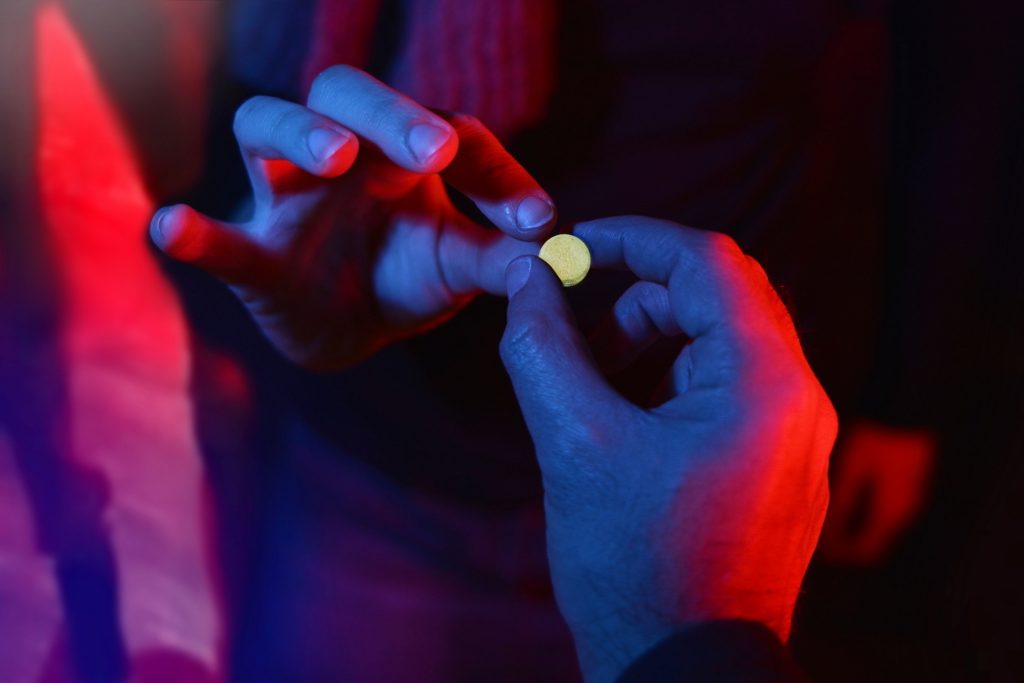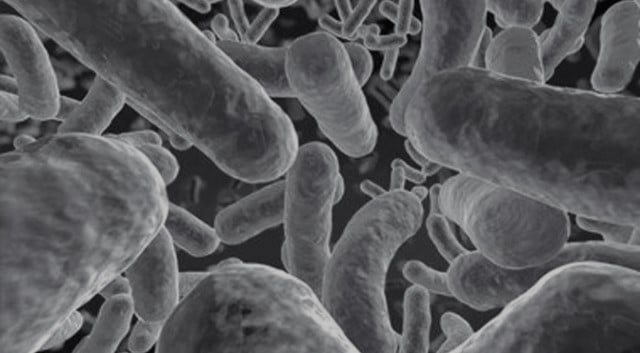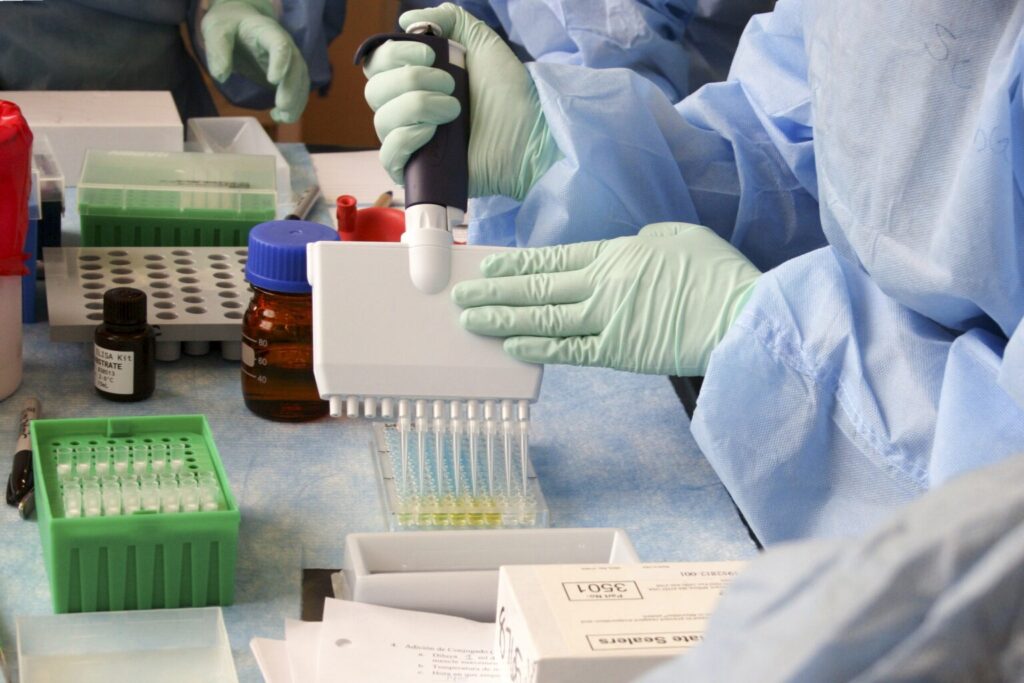Now Reading: Relation of Illicit Drugs and Crime
-
01
Relation of Illicit Drugs and Crime

Relation of Illicit Drugs and Crime
INTRODUCTION
Drugs are the chemical substances that cause a psychological as well as a physiological effect in the human body i.e. intoxication and addiction and are either used for medicinal or recreational purposes. Even if some drugs are used for medical purposes, there are many drugs, that cause a highly addictive reaction in the drug user’s body [1]. Depending on this addiction level, the drugs are classified as licit (legal) or illicit (illegal) drugs.
Illicit drugs’ use or the use of drugs that are banned by the law because of their non-medical importance and for being highly addictive, most of the time leads to an anti-social activity [2]. In the majority of these cases, the anti-social activity is listed as a crime that disturbs the law and order of that society. The use of illicit drugs in itself is a criminal activity and once the person is under influence, there are more chances of him, committing a crime. The compulsion of getting their next fix is what usually drives them to resort to criminal activity. That is the main reason why there are such harsh international as well as national laws to tackle crime related to illicit drug use [3].
Even if all drug abusers are not criminals there are a significant amount of people who under the influence of drugs commit various criminal activities. Almost 40% of the crime is committed by people under the influence of drugs. The crimes are mostly committed to purchasing more drugs [4].
There are many such drugs in the market which have been marked as illegal and have been banned from its production, trade, and use but still, such activities are seen all around the globe and are ever-increasing. There are different types of drugs and their classification depends upon their manufacturing, uses, and their addictive nature. Some common examples of illicit drugs are cocaine, heroin, cannabis, morphine, methamphetamine, LSD, etc [1] [5].
The use of drugs and their relationship with a crime have many different aspects. Drug abuse can lead to criminal activity or criminal activity that can lead to the use of drugs. In most cases, criminal activity and the use of drugs, therefore, go hand in hand [6].
VARIOUS PATTERNS OF DRUG-RELATED CRIME.
Use of drugs leads to Crime: In this pattern, the drive to use the drug leads to criminal activity. Here, a person can be under the influence of drugs before committing a criminal activity or he can commit a crime to acquire his next batch of drugs.
- Being under the influence of drugs: When a person consumes a psychoactive substance or a drug, he gets intoxicated and might suffer from many other physical as well as psychological changes. During this period of intoxication, he does not have control over his body and emotions which might lead to certain aggressive activities that are classified as a crime. Along with this, the factors like withdrawal, lack of sleep, triggering of psychological disorders can also lead to violence and crime [6].Overall, almost 66% of drug addicts are involved in burglary cases, 12% in murder cases/ attempted murder cases, and 11% in sexual offenses [1].
- Financial problems: This factor is seen in people who are financially not capable to support their drug habit. They need money to buy their next fix but they are so under the influence of drugs that they cannot function properly, therefore, they don’t have a steady job. Now, the compulsion for their next drug dose gets them involved in crimes like robbery, theft, sex workers, etc [1].
2.Crime leads to the use of drugs: In this pattern, a criminal activity leads to the use of drugs or drug abuse.
- Drug Trafficking: This is a very good example ofhow manufacturing, purchase, and selling of illicit drugs can lead to drug abuse. An example can be of people who are financially poor, homeless, and uneducated who usually take up jobs of higher risks. One such particular job is of selling drugs. This is an act of crime that leads to the spread of drugs in society and the person selling those drugs might also end up getting under the influence of drugs. Drug trafficking is considered as a cognizable and non-bailable offense according to the NDPS Act [5] [7].
- Accidental crime: In this situation, a person becomes the victim of drug abuse because of a certain criminal activity. That criminal activity triggers depression which might lead to the use of drugs. For example, a person might use drugs to escape his guilt after committing a crime.
While drug trafficking provides an encouraging environment for drug abuse, there are many factors like poverty, homeless, and jobless conditions that promote the use of drugs to acquire a temporary relief [6]. These factors often lead to unmonitored abuse and therefore, have higher chances of the person ending up chronically addicted to that drug.
The abuse of drugs doesn’t only disrupt the individual’s life but also has a considerable impact on his/ her family members [8]. It is seen that many of the drug abusers are involved in domestic abuse which can put a negative impact on the children in that household thus, creating a vicious cycle.
Following is a table containing the percentage value of addicted people all over India [9]. Even if this percentage is not related to criminal activity, it will significantly help us point out the affinity towards drug-induced crime.
| Name of the drug | Current Use
(%) |
Drug dependence (%) | In need of professional help (%) |
| Cannabis | 2.83 | 0.25 | 0.66 |
| Opioids | 2.06 | 0.26 | 0.70 |
| Cocaine | 0.10 | 0.02 | 0.03 |
| Amphetamine type stimulants | 0.18 | 0.02 | 0.06 |
The use of drugs has been increasing over the period, both on international as well as national levels. To curb this trend, a lot of measures have been implemented which have been helpful but not entirely successful. Just implementing countermeasures won’t help solve the issue. Launching awareness programs, creating health centers as well as a psychological diagnosis to prevent the people from getting addicted and therefore, committing crimes, is also necessary [10] [11].
REFERENCES
1.Mehta P, 2011, Evaluative Trends Of Illicit Drugs Uses In India And Analysis Of Indian And International Laws Of Prohibition Of Drugs Of Abuse, Acta Chimica. Pharm. Indica: 1(1), 32-43.
2.Sharma S, Sharma G, Barkataki B. 2016, Substance Use And Criminality Among Juveniles-Under-Enquiry In New Delhi. Indian J Psychiatry; 58:178-82
3.Making Sense Of Drugs And Crime Drugs, Crime And Penal Policy – A Report Of The Scottish Consortium On Crime And Criminal Justice.
4.Quadros V And Yadav R, 2017, Victims Of Drug Abuse And The Law Enforcement: A Field Intervention, National Seminar On Victims And The Criminal Justice System.
5.The Narcotic Drugs And Psychotropic Substances, Act, 1985
6.Chapter – 5 Nexus Between Drug Addiction, Alcoholism, And Criminality, Shodganga.
7.Das P, Drug Trafficking In India: A Case For Border Security, 2012, Institute For Defence Studies And Analyses, Idsa Occasional Paper No. 24.
8.Nadeem A, Bano R, Agarwal V.K., Kalakoti P, 2009, Substance Abuse In India, Pravara Med Rev; 1(4).
9.Ambekar A, Agrawal A, Rao R, Mishra Ak, Khandelwal Sk, Chadda Rk On Behalf Of The Group Of Investigators For The National Survey On Extent And Pattern Of Substance Use In India. 2019. Magnitude Of Substance Use In India. New Delhi: Ministry Of Social Justice And Empowerment, Government Of India
10.Kumar S. 2004. India Has Widespread Drug Problem, Report Says. Bmj (Clinical Research Ed.), 329(7456), 14.
11.Tandon T, 2015, Drug Policy in India, International Drug Policy Consortium Publication.
Author:
Ms. Manasi Shewale, Intern at the Department of Forensic Science and Criminal Investigation, Legal Desire Media and Insights.










